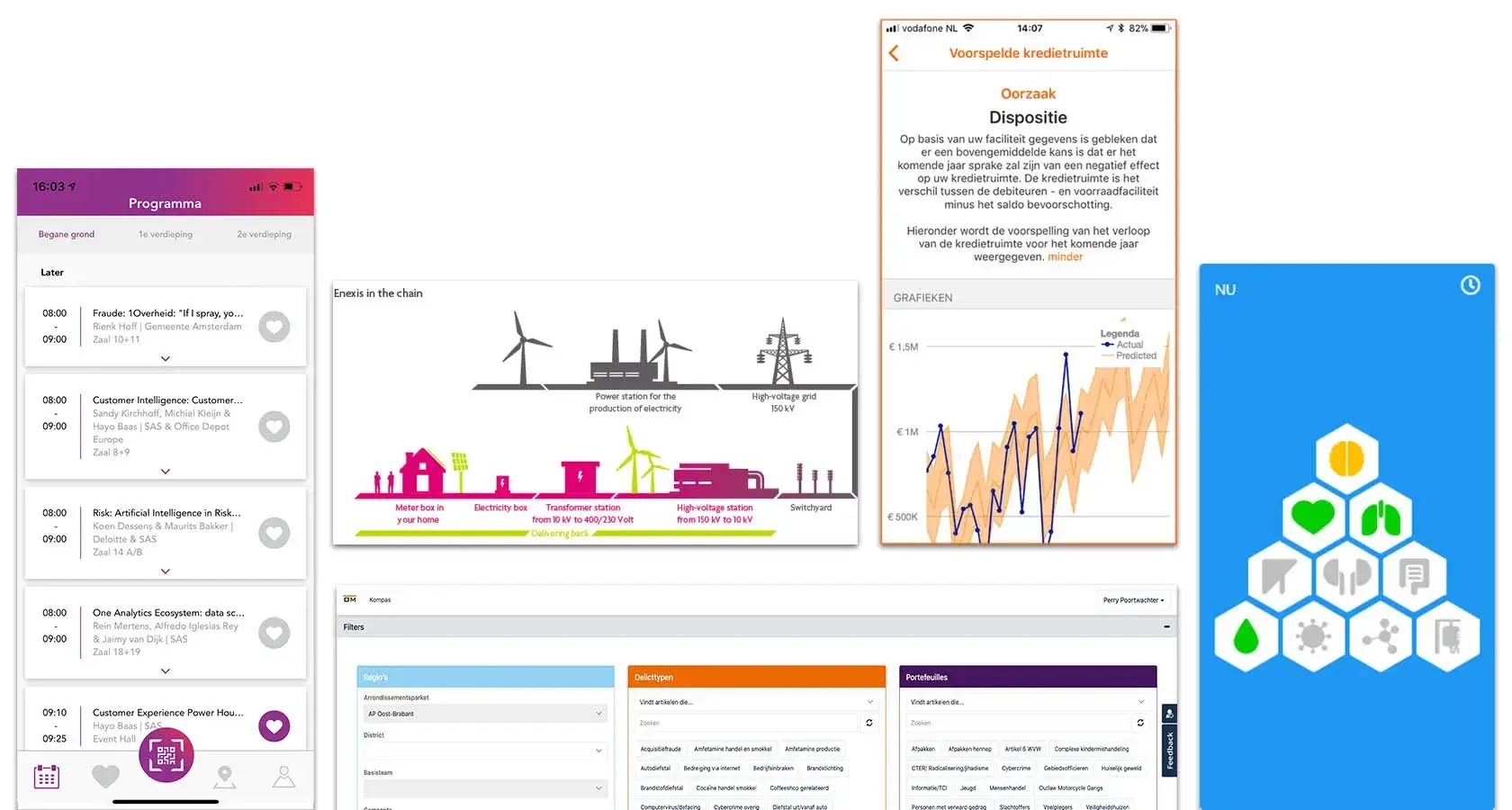Embedding a data strategy:
why many companies fail
Big Data, Artificial Intelligence, Deep learning, Internet of Things and Streaming Analytics. Many companies think they should embed a data strategy to be able to implement these state-of-the-art technologies. Consequently, they rush trying to keep up with competition. However, many of them fail. Why?

07-2020
To understand why many companies fail to embed a data strategy, it is important to understand its key levers. If, and only if a company knows how these levers interoperate, it can succeed. Unfortunately, many companies either rush their strategy or copy existing strategies –thinking it will work for them too– and fail miserably.
Key levers of a data strategy
Every data strategy has three levers, all equally important for success:
- People;
- Processes;
- Infrastructure.
To understand how these levers interoperate, always consider the following: Happy and productive people need supportive processes and infrastructure.

However, this does not mean processes and infrastructure are less important than people. People will not add enough value without proper processes and infrastructure. Vice versa, processes and infrastructure cannot add enough value without people.
Setup for failure
Most companies go through the same process when embedding their first data strategy.
It all starts with their first encounter of Big Data or Applied Analytics. They hear the success stories and decide that they too need to embed analytics and decide on a data strategy. Due to the fear of missing out, they build a data-team right away and have them hacking away at possible solutions. Although this might sound like a good idea, it is a recipe for failure.
In short, companies adopting this failing approach go through four stages:
- The company employs a data-team;
- The team builds a proof of concept;
- The proof of concept generates no direct revenue;
- The company thinks the data strategy is a failure.
Why does it not work? Because companies often forget the two other key levers of a data strategy
Pulling all the levers
To have a successful data strategy, one does not only need people, but also processes and infrastructure. Many companies neither develop nor enforce these processes and do not dedicate resources to develop the infrastructure that is needed.
To be successful, at least the following needs to be in place:
Processes
- Data governance: develop and enforce processes to ensure compliance of all steps in the data lifecycle;
- Data quality: develop and enforce processes to ensure the quality and consistency of the data;
- Data management: develop and enforce processes to ensure terminology and proper data usage.
Infrastructure
- Data content: ensure the infrastructure is in place to gather information that generates value;
- Data access: ensure the infrastructure is in place such that all data is readily available.
Although these processes and infrastructure alone do not guarantee success, they do help to bring a proof of concept to production such that it can generate revenue. Generating revenue is key and will open the door to success.
Empirical evidence shows that once the first data-driven solution is in production, the company will embed data-driven solutions more easily, realizes their data strategy is a success and will not abandon such initiatives.
Conclusion
Embedding a data strategy is easy, however embedding it successfully is difficult. The three key levers –people, processes and infrastructure– need to be handled carefully to be able to generate business value. Unfortunately, many companies follow the ultimate recipe for failure; they focus on people solely.
Companies embedding a data strategy often go through the same four stages to failure. A data-team is employed, but because the processes and infrastructure are not there to be able to run a proof of concept in production, direct revenue will not be generated. As a result, the project is annotated as a failure and gets abandoned all together.
The solution is to recognise that proper processes and infrastructure are needed. Of course, this requires a specific commitment, but for the long-term health of a successful data strategy, one should prioritise all three levers.



